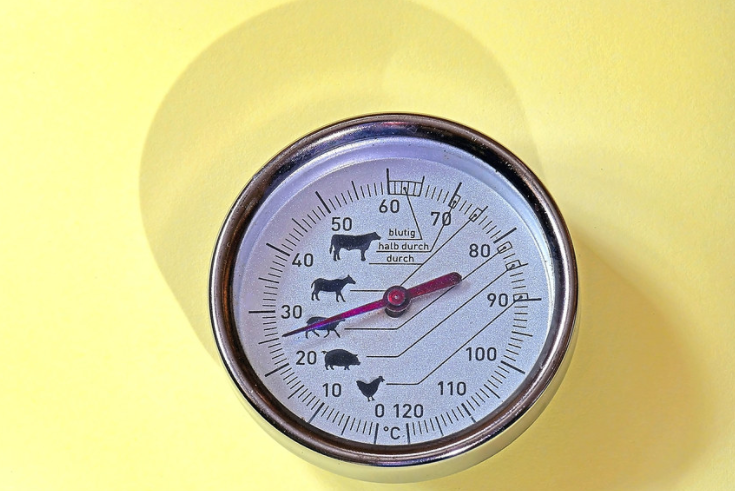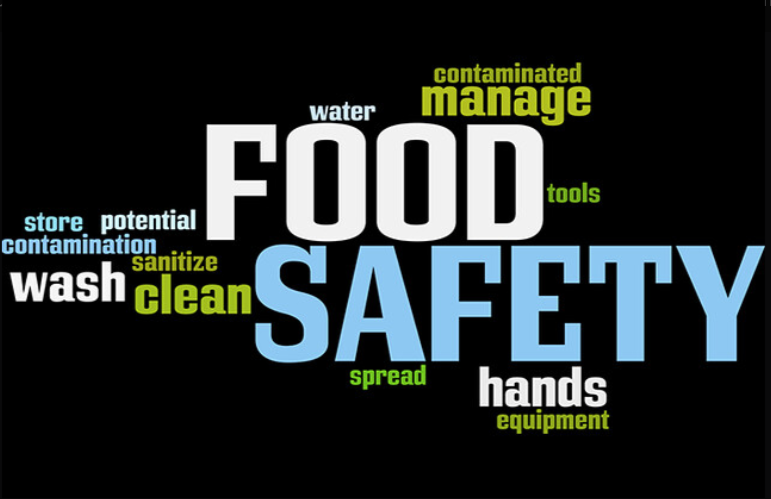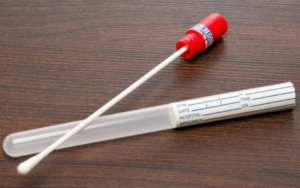Food safety is a public health issue that requires careful consideration and compliance. Food safety guidelines are used throughout the supply chain to provide customers with food products that are safe for human consumption.
Food safety standards must be satisfied during each step of the food supply chain, including but not limited to: processing, handling, distribution, preparation, cooking, and storage. Improper food safety procedures can result in a variety of consequences, ranging from severe economic consequences to the tragic loss of human life.
Each year, an estimated 1 in 6 people in the United States become sick as a result of foodborne illness. Of these 48 million people, approximately 3,000 will die from foodborne illness, also known as food poisoning. With the proper food safety protocol in place, these instances of foodborne illness that resulted in sickness and death could have been prevented.
There are significant economic consequences of improper food safety for both food industry professionals and consumers. When consumers trust in the safety of their food supply, the entire food sector benefits economically. Decreasing incidents of foodborne illness will also decrease massive income loss and health care costs incurred by the general public.
Food industry professionals should always consider food safety as their top priority. For food suppliers, food recalls can cost enormous sums of money. The initial upfront financial cost does not even factor in the future significant losses that are virtually impossible to quantify. These future losses include the loss of potential sales from decreased consumer business and lasting brand reputation damage.
For restaurant owners and restaurant workers, food safety is also crucial to bottom-line profitability and long term business success. Providing customers with the safest and highest quality and healthy food possible will increase your customer base and build your business’ reputation. Restaurant owners must make sure to provide their staff with proper food safety training and stay vigilant regarding any food safety guideline developments.
Proper food safety protocol will keep not only your customers safe but also your entire business. If a foodborne illness is contracted as a result of unsafe food consumed at your establishment, your restaurant can face irreparable reputation damage and even lawsuits. If a food safety compliance violation occurs, your restaurant may not only face fines but also a potential business shutdown.
Food Safety Legislation and Systems
As food safety is a public health concern, there are legislation and guidelines in place for food industry professionals to adhere to. In the United States, the Food Safety Modernization Act is considered standard food safety legislation. Focused on preventing foodborne illness rather than responding to it, the FSMA explicitly outlines the protocol for optimal food safety throughout the entire food supply chain.
Food safety protocol is further supplemented through the two most universally accepted food safety systems, the HACCP and GMP systems. HACCP is an acronym that stands for Hazard Analysis and Critical Control Points which contains actionable food safety guidelines with the goal of preventing food contamination. Similar to the Food Safety Modernization Act, HACCP focuses on preventing foodborne illness instead of responding to foodborne illness outbreaks.
GMP is an acronym for Good Manufacturing Practices which similar to the HACCP system, contains inspections and corrective action at critical control points during production. In addition to the HACCP and GMP systems, there are many food safety organizations and certifications that can be obtained and maintained. Legislation, systems, organizations, and certifications keep food as safe and high quality as possible for human consumption throughout the food supply process.
Main Food Safety Basics to Live By
Food industry professionals, consumers, and companies like Huaraches food may feel intimidated by the amount of food safety protocol and guidelines available. Thankfully, there are four main food safety basics that are universally recognized as the pillars of food safety. Whether at a food industry business or at home, the four main food safety basics to remember are cleaning, separation, cooking, and chilling.
1. Cleaning
 Cleaning is at the forefront of food safety as contamination is a major concern for food safety. Although washing your hands seems very obvious, many people do not wash their hands correctly or frequently enough. Thorough handwashing requires vigorous hand cleaning with soap for at least twenty seconds under running hot water.
Cleaning is at the forefront of food safety as contamination is a major concern for food safety. Although washing your hands seems very obvious, many people do not wash their hands correctly or frequently enough. Thorough handwashing requires vigorous hand cleaning with soap for at least twenty seconds under running hot water.
Handwashing should occur whenever skin is in contact with a possibly contaminated surface or food product. Handwashing also decreases the germs that humans spread to surfaces and food products. Frequent and proper handwashing is a highly effective way to decrease cross-contamination.
Beyond handwashing, it is crucial to clean and sanitize any possibly contaminated objects. Clean any cooking utensils and surfaces thoroughly with hot and soapy water before and between uses. Additionally, fruits and vegetables should be cleaned by rinsing them under running water.
2. Separation
Separation further assists with decreasing cross-contamination and the potential for foodborne illness. There are many different instances that separation is required, from food preparation to storage techniques. Whether you are preparing, handling, or storing foods, always keep RTE (ready to eat) foods separate from raw food products.
Raw food products should be kept separate from each other by food type. Remember to always consider food allergies, for instance, potentially deadly shellfish products. Proper storage and separation can decrease both cross-contamination and food allergy issues.
Using different cutting boards and utensils for each food product type will further decrease cross-contamination potential. If you are reusing certain surfaces or utensils, make sure to thoroughly sanitize them beforehand and between uses.
3. Cooking
The appearance, texture, and smell of a food product alone should never be used to determine if a food product has been adequately cooked. The only way to ensure food safety during cooking is to use an internal thermometer to check that the food temperature is correct. There are many available resources online that explicitly detail the specific internal food temperatures that each food product must reach in order to be deemed safe for consumption.

4. Chilling
Food should be kept out of the temperature danger zone as much as possible. The temperature danger zone ranges between 40 degrees Fahrenheit and 140 degrees Fahrenheit. Chilling is a commonly used method to keep cold foods out of the danger zone.
Your refrigerator should always be kept at or below 40 degrees Fahrenheit. If the outdoor temperature exceeds 90 degrees Fahrenheit, food can only be left out safely for up to one hour. If not, food should be refrigerated within two hours. As a general rule of thumb, the less unnecessary time food spends in the danger zone, the safer the food is.
Thawing of frozen food is generally done in a microwave, refrigerator, or in cold water. Food should be thawed evenly throughout and under no circumstances should food be thawed on a countertop. These food safety basics are not only easy to remember but they can help prevent a deadly foodborne illness.
Latest posts by Nirupama Verma (see all)
- What is Corporate Gifting and Why is It Important? - November 8, 2023
- Top 5 Benefits of Synthetic Liquids That You Did Not Know - December 24, 2022
- Pin up Review - September 23, 2022




